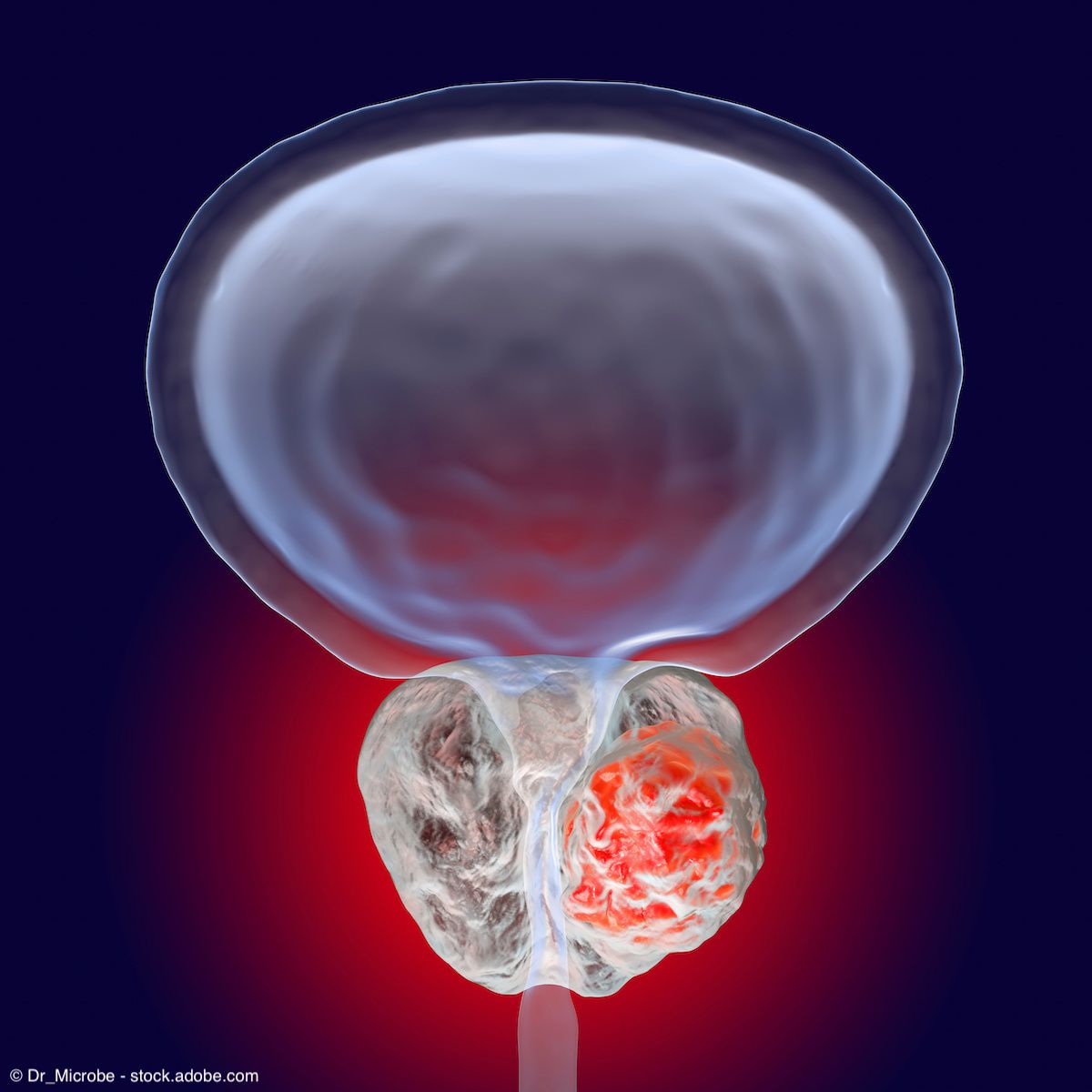Article
PCa active surveillance trends revealed in ‘real-world’ study
Author(s):
Nearly three-fourths of men with very low-risk prostate cancer underwent active surveillance as a primary therapy, according to a study presented at the LUGPA annual meeting in Chicago.
Nearly three-quarters of men with very low-risk prostate cancer underwent active surveillance as a primary therapy in a study presented at the LUGPA annual meeting in Chicago.
The study sought to determine “real-world” practice patterns regarding the initial management of men with newly diagnosed prostate cancer and with a 3-year follow-up on the cohort undergoing active surveillance in community urology practices.
The study results were presented by Jeremy Shelton, MD, MSHS, of Skyline Urology, Los Angeles and UCLA’s David Geffen School of Medicine, Los Angeles.
Funded by an unrestricted grant from Genomic Health, the study cohort included 2,142 cases of men with very low-, low-, and intermediate-risk prostate cancer and 3.4-year follow-up on 546 men on active surveillance.
According to Dr. Shelton, major strengths of the study include its “setting in a geographically distributed collection of practices as well as rich clinical and operational details that allow researchers a window into not just treatment trends, but their appropriateness as well.”
Key findings include the utilization of active surveillance as a primary therapy by 72% of men with very low-risk disease, and equal and appropriate utilization of surgery and radiotherapy when curative therapy was sought, with no evidence that recent trends in consolidated ownership of prostate cancer-specific treatment modalities had led to overutilization. Some variation in management was seen by practice, consistent with other studies and a likely target of future research efforts.
Next: Nearly 90% of men continued their care with their diagnosing practice.
Remarkably, said Dr. Shelton, nearly 90% of men continued their care with their diagnosing practice.
“Given that we’re talking about a real-world cohort, I was surprised that so many patients continued care in the diagnosing practice,” he observed.
Other key observations reported by Dr. Shelton:
- Two-thirds of men remained on active surveillance at 3 years.
- Eighty-six percent had PSA testing at least yearly, while only a little over one-third had a repeat biopsy by 18 months.
- The most common causes for seeking curative therapy were increase in Gleason score (55%), rise in PSA (15%), increase in disease volume (14%), and stress of living with cancer (0.6%).
Under the leadership of Dr. Shelton; Philip Buffington, MD, of The Urology Group, Cincinnati; and LUGPA President Neal D. Shore, MD, of Carolina Urologic Research Center, Myrtle Beach, SC, the study developed from a LUGPA quality improvement effort. As, Dr. Shelton explained, “We wanted to better understand the management of diagnosed prostate cancer and, in particular, the utilization of active surveillance.”
“Given that all participating practices volunteered significant time and resources to completing this evaluation, I think our success is a wonderful testament to the interest and commitment among participating practices to understand and improve care delivery,” he said. “Furthermore, the experience gained bodes well for future efforts.”
Also see: LUGPA puts resources behind key policy initiatives, future leaders
Dr. Shelton said the team is working on two papers from the project and expects to submit them for peer-reviewed publication by the end of 2017.
“We’ll try to get more funding and continue the study and conduct others,” he said, “because there is a lot more to learn, particularly as physicians grapple with how best to deliver care in the setting of major health policy reforms. It’s exciting to work directly with practices to create a health services-oriented research network capable of describing a detailed picture of the contemporary delivery of urologic care in the private practice community.”
Study site participants were:
- Carolina Urology Partners, PLLC, Charlotte, NC
- Atlantic Urology Clinics, Myrtle Beach, SC
- Urology of Indiana, Indianapolis
- Oregon Urology Institute, Eugene
- The Urology Center of Colorado, Denver
- Skyline Urology, Los Angeles
- Virginia Urology, Richmond
- Genesis Healthcare Partners, San Diego
- The Urology Group, Cincinnati.
More from Urology Times:
How care process models can help your practice
Urology-specific APMs to encompass PCa, BPH, OAB
LUGPA advocacy targets self-referral laws, USPSTF reform
To get weekly news from the leading news source for urologists, subscribe to the Urology Times eNews.

















